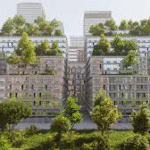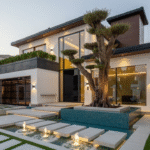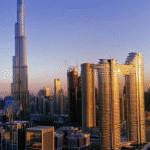Now Reading: Discover Al Fahidi: Dubai’s Hidden Heritage Gem You Must Explore 2025!
-
01
Discover Al Fahidi: Dubai’s Hidden Heritage Gem You Must Explore 2025!
Discover Al Fahidi: Dubai’s Hidden Heritage Gem You Must Explore 2025!

Table of Contents
When people think of Dubai, they often picture stunning skyscrapers, luxurious malls, and futuristic attractions. However, beyond this modern charm lies a treasure from the past — the Al Fahidi Historical District, also known as Al Bastakiya. This quiet, atmospheric part of the city takes visitors on a journey to old Dubai, where life moved slower, and traditions thrived.
In this complete travel guide, we will cover everything you need to know before visiting Al Fahidi, from its history and attractions to the best places to eat, shop, and experience the authentic culture of the Emirates.
A Glimpse into History: What is Al Fahidi?
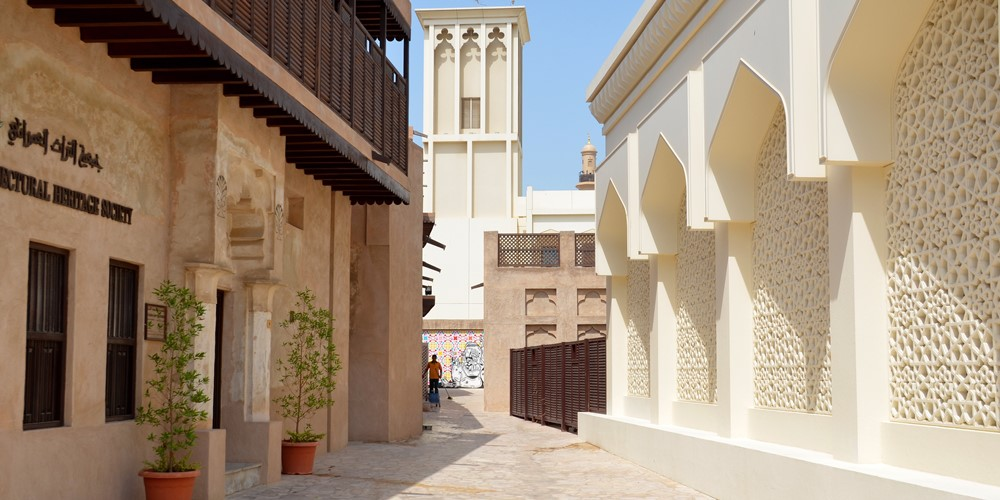
Al Fahidi Historical District is one of the oldest neighborhoods in Dubai, dating back to the late 19th century. Once home to wealthy Persian merchants who traded pearls and textiles, the area reflects the architecture and lifestyle of Dubai before the discovery of oil.
Walking through its narrow, winding lanes feels like stepping into a different era. Traditional wind towers (Barjeel), used for cooling homes in the desert heat, rise above coral stone and gypsum walls. These structures are not just beautiful but are also examples of early sustainable architecture.
Why Al Fahidi is a Must-Visit in Dubai
For those who want to discover the real soul of Dubai, Al Fahidi offers something that modern skyscrapers cannot — a sense of history, tradition, and authenticity. Here’s why this district is worth a spot on every traveler’s Dubai itinerary:
- Authentic Emirati Culture: Unlike the glitzy malls and theme parks, Al Fahidi tells the story of Dubai’s humble beginnings.
- Free or Affordable Attractions: Many places here are either free or charge minimal entry fees, making it perfect for budget travelers.
- Photographer’s Paradise: With its charming alleys, wooden doors, and sand-colored buildings, every corner offers an Instagram-worthy shot.
Top Attractions in Al Fahidi Historical District
1. Dubai Museum at Al Fahidi Fort
Built in 1787, the Al Fahidi Fort is the oldest existing building in Dubai. Today, it houses the Dubai Museum, which offers a fascinating look at the city’s history, from the Bedouin lifestyle to the oil boom. Life-size dioramas, old weaponry, and archaeological finds make this museum a must-visit.
2. Sheikh Mohammed Centre for Cultural Understanding (SMCCU)
For those curious about Emirati customs, religion, and traditions, the SMCCU offers cultural meals, heritage tours, and open discussions under its motto: “Open Doors. Open Minds.” It’s a great way to connect with local culture.
3. Arabian Tea House Café
Step back in time at this beautiful outdoor café that serves delicious Emirati snacks, fresh juices, and the best karak chai (spiced tea) in the area. The blue benches, white walls, and peaceful vibe make it a visitor favorite.
4. XVA Art Hotel and Gallery
This boutique hotel and gallery is a hidden gem where you can view contemporary art pieces by local and regional artists. Even if you’re not staying here, visiting the gallery or sipping coffee in its peaceful courtyard is a pleasure.
5. Coffee Museum
Did you know that coffee has deep roots in Arab culture? This museum celebrates coffee’s journey from bean to cup, with displays of antique coffee pots, grinders, and roasting equipment. You can also enjoy a freshly brewed cup.
Best Time to Visit Al Fahidi
The best time to visit Al Fahidi is between November and March, when Dubai’s weather is cooler and pleasant for walking. Mornings and late afternoons are ideal to enjoy the peaceful charm without the harsh sun.
How to Reach Al Fahidi District
Al Fahidi is located in Bur Dubai, easily accessible by:
- Dubai Metro: Take the Green Line to Al Fahidi Station.
- Taxi or Ride Apps: Taxis and ride-hailing services like Careem and Uber are widely available.
- Abra Ride: For a charming experience, take a traditional abra (water taxi) from Deira across the Dubai Creek for just 1 AED.
Top Tips for Visiting Al Fahidi
- Wear Comfortable Shoes: You’ll be walking on cobblestone and sandy paths.
- Respect the Culture: Modest clothing is recommended, especially when visiting mosques or cultural centers.
- Bring a Camera: The district is full of stunning photo opportunities.
- Plan for Half a Day: You can explore most of Al Fahidi’s highlights in 3-4 hours.
- Try Local Food: Don’t miss out on Emirati breakfast or dates with Arabic coffee.
Nearby Attractions to Explore
After exploring Al Fahidi, you can easily visit these nearby spots:
- Dubai Creek: Enjoy a boat ride or dine at waterside restaurants.
- Gold and Spice Souks: Located just across the creek in Deira, these markets are a sensory delight.
- Al Seef: A modern waterfront promenade inspired by old Dubai architecture, perfect for shopping and dining.
Where to Eat in Al Fahidi District
- Arabian Tea House Café: Famous for traditional Emirati breakfast and tea.
- Local House Restaurant: Known for serving unique camel meat dishes.
- Make Art Café: Located inside an art gallery, perfect for light meals and coffee.
Is Al Fahidi Suitable for Families and Kids?
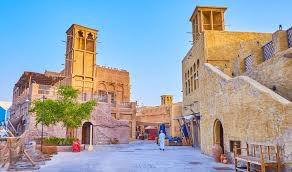
Absolutely! The district is quiet, car-free in most areas, and offers cultural experiences suitable for children. The museums, especially the Dubai Museum, are educational and interactive.
Conclusion: Why Al Fahidi Should Be on Your Dubai Bucket List
In a city known for its futuristic appeal, Al Fahidi stands as a timeless reminder of Dubai’s rich heritage. Whether you’re a history lover, an architecture fan, or simply someone who wants to experience authentic local culture, Al Fahidi offers a peaceful escape from the fast-paced modern world.
For travelers planning their next Dubai trip, visiting Al Fahidi isn’t just an option — it’s a must.
Read More:- Shobha Realty Launches Its Most Luxurious Project Yet—Full Details Inside 2025












